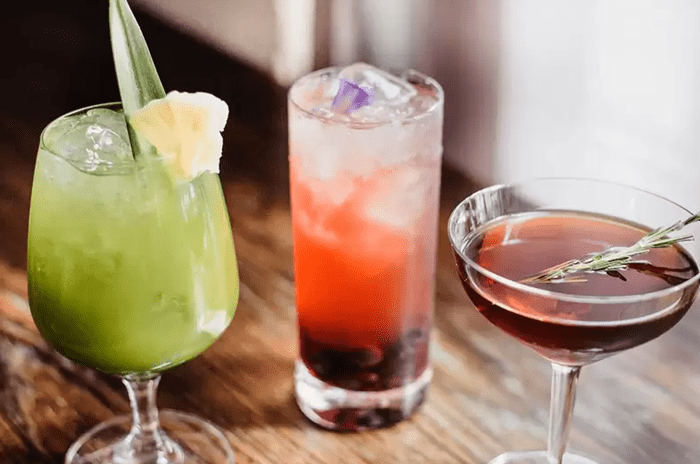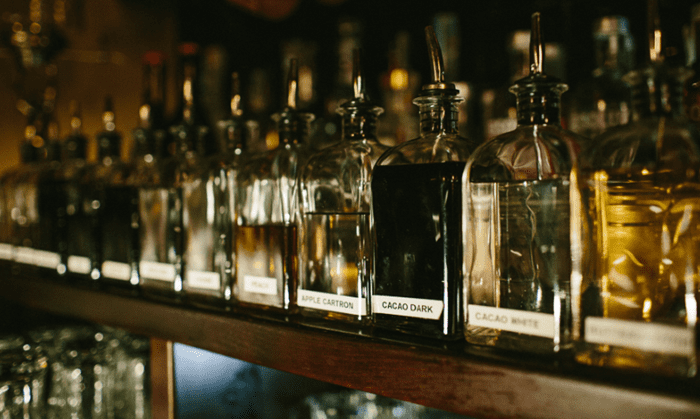
Karaoke (Karaoke) originated in Japan, and is 대전룸알바 popular worldwide today, particularly in Asia. Their karaoke machine was imported from Japan, and therefore has a large number of Japanese songs.
Note that although English-language selection is fairly broad–its Queen songlist is impressive, for instance–it does not quite have the same amount of choice that dedicated English-language karaoke systems do. The Japanese song selection is naturally more up-to-date than that of foreign languages.
While more recent songs are available on various Karaoke systems, older songs can have more intense back catalogues. The more well-known karaoke chains typically carry a more current selection of songs than do the independent stores. Karaoke venues usually offer more than one kind of karaoke player, which vary somewhat in the song selection, interface, and sound options.
Karaoke players also let you clear songs, adjust music volume or the mic, and change song pitch and speed. A popular game using karaoke is typing in a random number and calling up a song that participants try to sing. In some machines, this game is pre-programmed, and can be limited by genre, so they cannot call up some obscure anthem which no participant is capable of singing.
Karaoke (Karaoke) is singing songs over a musical accompaniment, in sync with lyrics displayed on-screen. Many Karaoke singers have one song that they are particularly skilled at, and that they use to showcase their singing skills. Karaoke is extremely popular in Asian countries, with many artists handing out a Karaoke track around the same time as releasing the song.
Karaoke started during the 1970s and 1980s, with bars playing recorded music for customers to sing along with. We could say karaoke started in the late 60s, with the microphone attached to an 8-track tape player allowing bars customers to sing along with hit songs. Karaoke has grown to become a multibillion-dollar industry since it was invented in 1971 by Daisuke Inoue, a Japanese keyboardist at a club looking to provide music to a patron who wanted to sing during company travel.
There are historical indicators that Karaoke can be a widely accepted phenomenon. At first, businesses used karaoke machines imported from Japan, and were limited to offering the same content used there, including any Western songs already included on the menu. As karaoke took root in different regions, however, the system quickly integrated local music; other countries and regions developed their own networks and business models as local manufacturers began producing machines.
Instead of giving his Karaoke machines away, the musician Daisuke Inoue would rent them so stores would not need to purchase new songs themselves. One of the popular devices for a long time in the 90s was Kumyoung, a karaoke machine equipped with a hard drive and thousands of songs, popular with businesses like KTV bars, as well as rental karaoke machines. Some companies provide paid karaoke content to expand song libraries on mic-based karaoke systems.

Joysound is one of the more established karaoke systems in Japan, so it is not surprising they have an app on the Switch. Once you download the Karaoke Joysound app on the console, you can instantly choose from more than 150,000 songs available.
Overall, I think Karaoke Joysound is a pretty decent replacement at this point. I would suggest going with Karaoke Studios if you are looking to sing lots of Japanese songs. The Karaoke Jockeys role usually involves calling out the title of songs and who is going to take whose turn on the mic.
A basic karaoke machine is composed of a music player, a microphone input, means to change the pitch of playing music, and audio output. Hi-kara machines are equipped with headphones, meaning only the user hears the music. Noraebang The Korean word for karaoke is noraebang, which is the first syntactic part of a word meaning singing, the last meaning a room. A Karaoke bar, restaurant, club, or lounge is a bar or restaurant that provides Karaoke equipment for people to sing in public, sometimes on a small stage.
Old-fashioned karaoke bars, in which customers sing to the audience rather than to themselves, may also be found in entertainment districts. In New York City and London, karaoke has become popular at bars and pubs, where everyone enjoys a performance together, in marked contrast to Japan, where indoor spaces reserved for individual groups are the norm. Across Japan, karaoke venues are found in numbers, especially in larger cities. Videoke in the Philippines is also known for My Way murders, a series of deadly disputes that have occurred over singing of the song My Way, popularized by Frank Sinatra, at karaoke bars or videoke bars.
It is possible that individuals may be taking turns, but doing so will then restrict others ability to sing along, which is part of the joy of videoke. What I found is if you are living on your own, or even with others who you trust will be safe from COVID-19, karaoke with anime is a good way to scratch that itch of the songbird. Another limitation is that it seems like few, if any, videogame songs are available – Nintendo ones, too. From that point, it is just like any other Karaoke Session, although a different difference is the general footage of videos is all cut scenes and trailers for Nintendo.
The sixth was Takagi Kisaburo, who launched a product called the Karaoke Juke in order to supply songs that he felt were missing because there were not enough female employees in evening fun bars back in the day, called the Takagi Kisaburo Snack Bars in Japan.
Furthermore, when one sums up sales from software companies of Y=70 billion, content distribution worth Y=272.7 billion, and fees from karaoke apps on smartphones, navigation systems for cars, and other uses in the home, one could place the total size of the karaoke industry in Japan to nearly Y=1 trillion annually.
